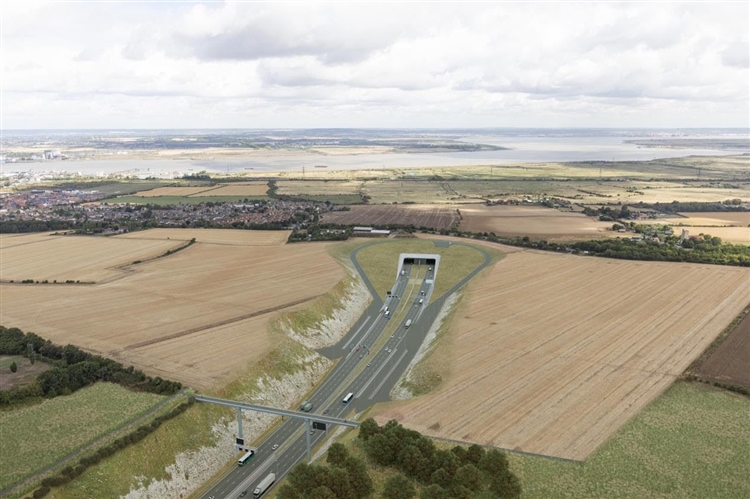Engineers will start a series of tests this week to identify just what they will be drilling through when work begins on the £6.8 billion Lower Thames Crossing. The 14.5-mile tunnel, which will go under the Thames east of Gravesend, will eventually link the M2 near Rochester with the M25 in Essex. Designed to ease pressure on the Dartford Crossing, it will be the most ambitious road project since the M25 was completed over 30 years.
More than 700 individual investigations at sites in Kent, Essex and Thurrock will give engineers a clear picture of the type of soils, rock and groundwater along the entire route of the proposed new road. The findings will dictate the design and construction of what will be the longest road tunnel in the country. Tim Jones, project director for the Lower Thames Crossing, said: “The complex programme of tests and surveys we’re embarking on here will enable us to better understand the ground conditions, and help us build it safely, in a way that protects the environment, while keeping costs down.
“This preliminary work will help us to give the clearest possible picture of what will be involved in building the new crossing when we apply for planning consent and help ensure our construction programme can get the new road open for 2027.
“Our priority right now is to carry out the ground investigations in a way that will have the smallest possible impact on the environment and nearby communities.”
The investigations will be carried out along the entire route, both north and south of the Thames as well as under the river itself. Key areas of interest include the protected wetland in Kent.
Tests will be conducted in more than 700 locations, which will include more than 400 boreholes – some of which will be up to 100 metres deep. The tests will begin on land over the coming weeks and on the Thames later this summer. Work is expected to continue throughout the year.
Article credit: Kent Online
Return to News and Events

